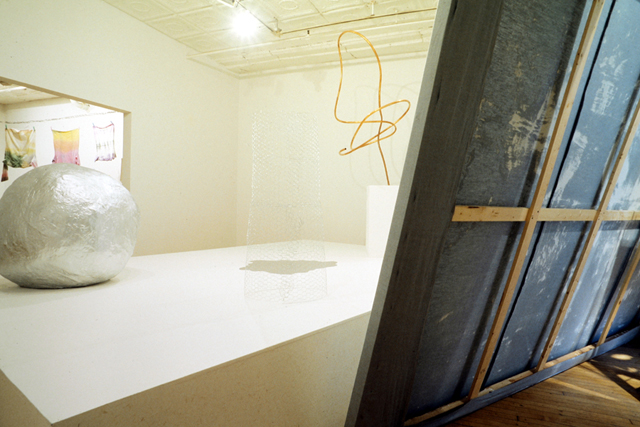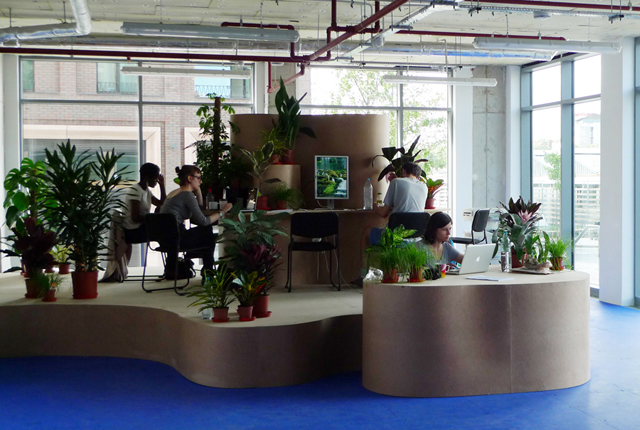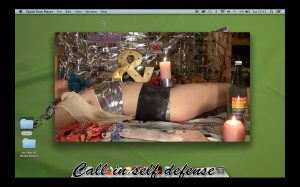The commons is a place that operates outside political, economic and commercial influence. At Society: The Commons / Public Space, the third London-based panel at the ICA, it is in the disappearance of such spaces that curators Helen Kaplinsky and Julia Tcharfas, artists Stephan Dillemuth and Eleanor Saitta, and Metahaven member Daniel van den Velden find focus.
Established by Amsterdam-based curator Melanie Bühler in 2011, Lunch Bytes has become a international discussion series of sorts, exploring the role of the internet in creative practices first with an ‘American Edition’ in Washington DC and Miami and moving across Europe throughout 2014 to culminate with a symposium in Berlin next year. It’s no coincidence that, as a programme concerned with “the increasing ubiquity of digital technologies in the art world”, the role of networked connectivity in effecting this restriction on free and autonomous areas, both online and offline, should be of central concern in London.
The ‘commons’, after all, is an Anglo Saxon term for scrub and arable land jointly owned by all village members, divorced from social status. Throughout the 16th, 17th and 18th centuries, such areas of collective ownership were increasingly privatised, spreading to industry and welfare housing through 80s Thatcherism, then to creative production and the art industries in a post-Fordist 21st-century economy.

Citing an early experiment in creating space independent of capital markets, Dillemuth describes his ‘Frisenewall 120’ (1990 – 94), a storefront organised with fellow artist Josef Strau and located in Cologne’s central gallery district. It was meant to serve multiple functions, alternately operating as a video and newspaper archive, a gallery, a meeting point. Outfitted with a reading room and couch, it functioned as a place of social and intellectual exchange, aiming to offer a temporary supplement to the existing gallery system in the German city – a kind of situational intervention within a milieu increasingly constrained by market considerations. Citing the imminent eviction of London’s Lima Zulu project space, Dillemuth was sceptical about whether such an area is now possible in the capital.
‘Recent Work by Artists’ (2014) is another example of a gallery space aiming to operate outside of market control. Commissioned by Auto Italia, it was a collaborative project, including Tcharfas, Tim Ivision, George Mustakas and Rachel Pimm, located in King’s Cross, which then moved to Can Filipe Artes Visuales in Barcelona. For the duration of the exhibition, the space became a site of artistic production itself, investigating “how artists’ workspaces might function today”. Providing the basic amenities necessary for work, the exhibition became a space in which to reimagine the material conditions of artistic labour. Made up to look like an office space, with pot plants, a photocopier and water-dispenser, the installation revealed the cognitive production of such work, and demonstrated just how much places of leisure, consumption and production are becoming blurred.

As privatisation and a lack of funding means experimental not-for-profits are being squeezed out and replaced by commercial upstarts grounded in physical space, so too are online activities subject to commercial and political constraints. Market forces, the swirl of capitalism and overarching political agendas all encroach on the possibility of the free and emerging public space. And yet innovative agencies trying to forge an existence outside the capital-driven art market need a common space free of economic constraints; without this the possibility of non market-enclosed art that remains free for all becomes increasingly endangered.
But perhaps there’s hope in an example by van der Velden, where he argues the fame of a Japanese anime meme of former Ukrainian chief prosecutor Natalia Poklonskaya could have been due to state intervention. Explaining the difficulty of creating popular memes, he describes how the Russian government hires people to post comments on international press about its politics in order to influence public opinion, begging the question: how can this approach be re-appropriated by the public? **


















